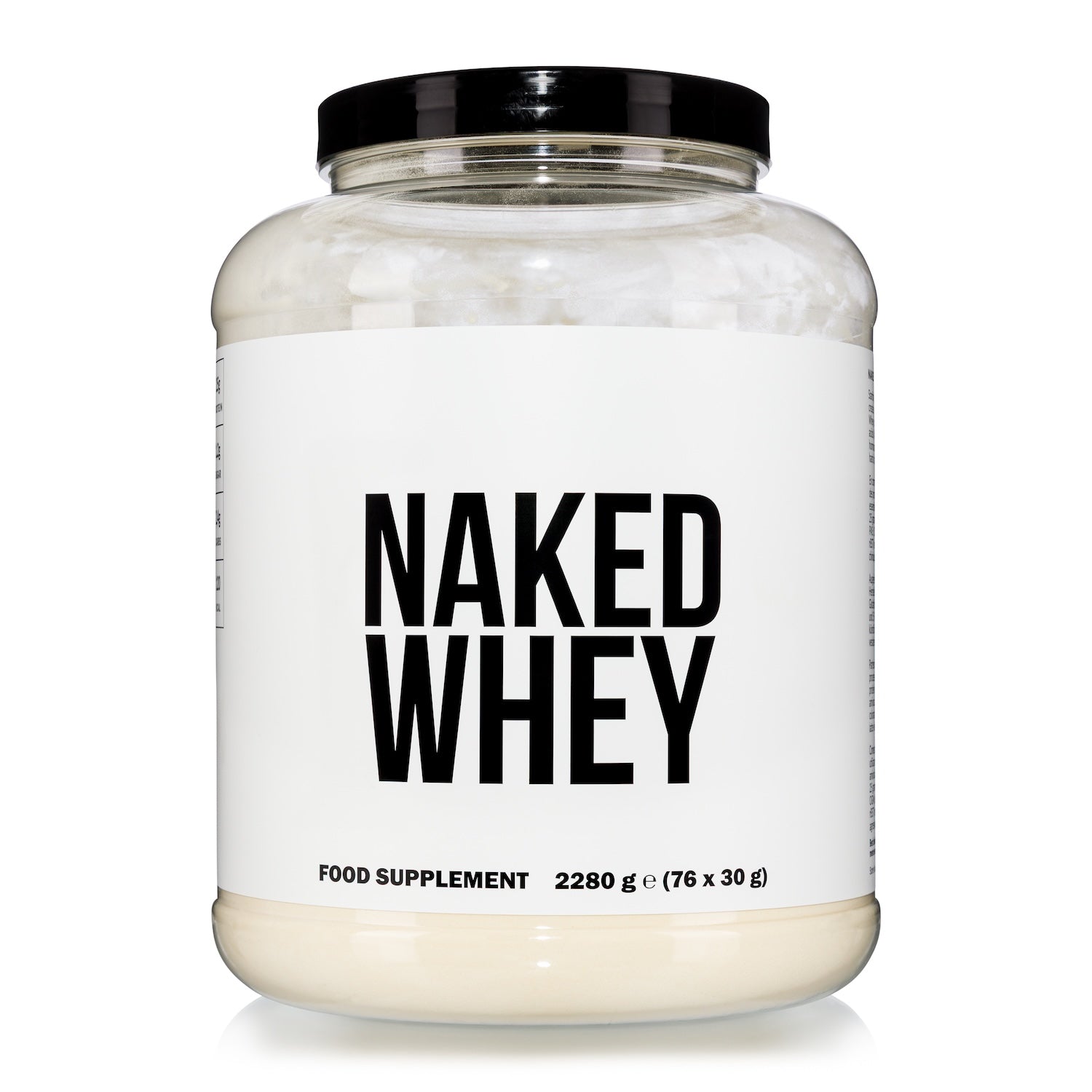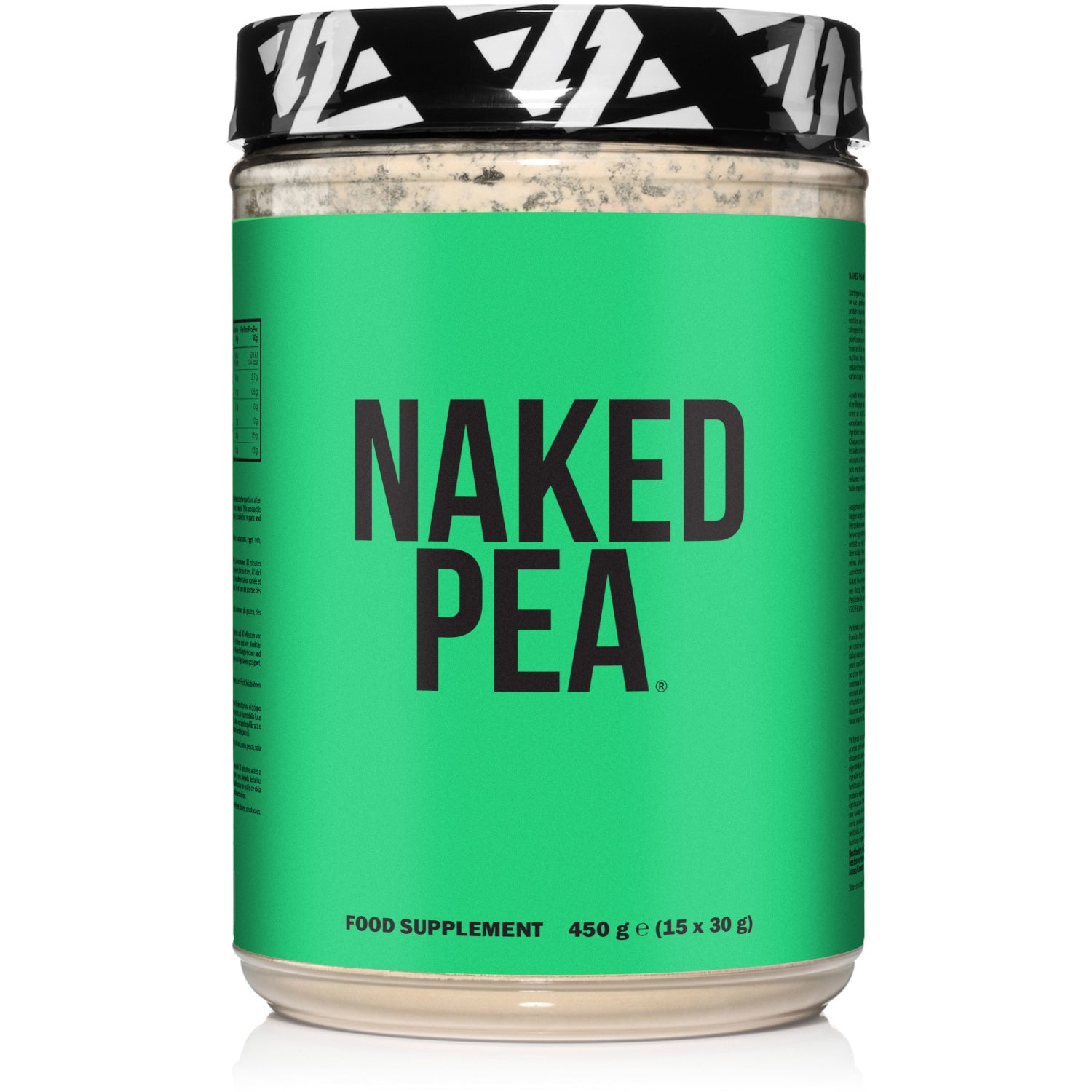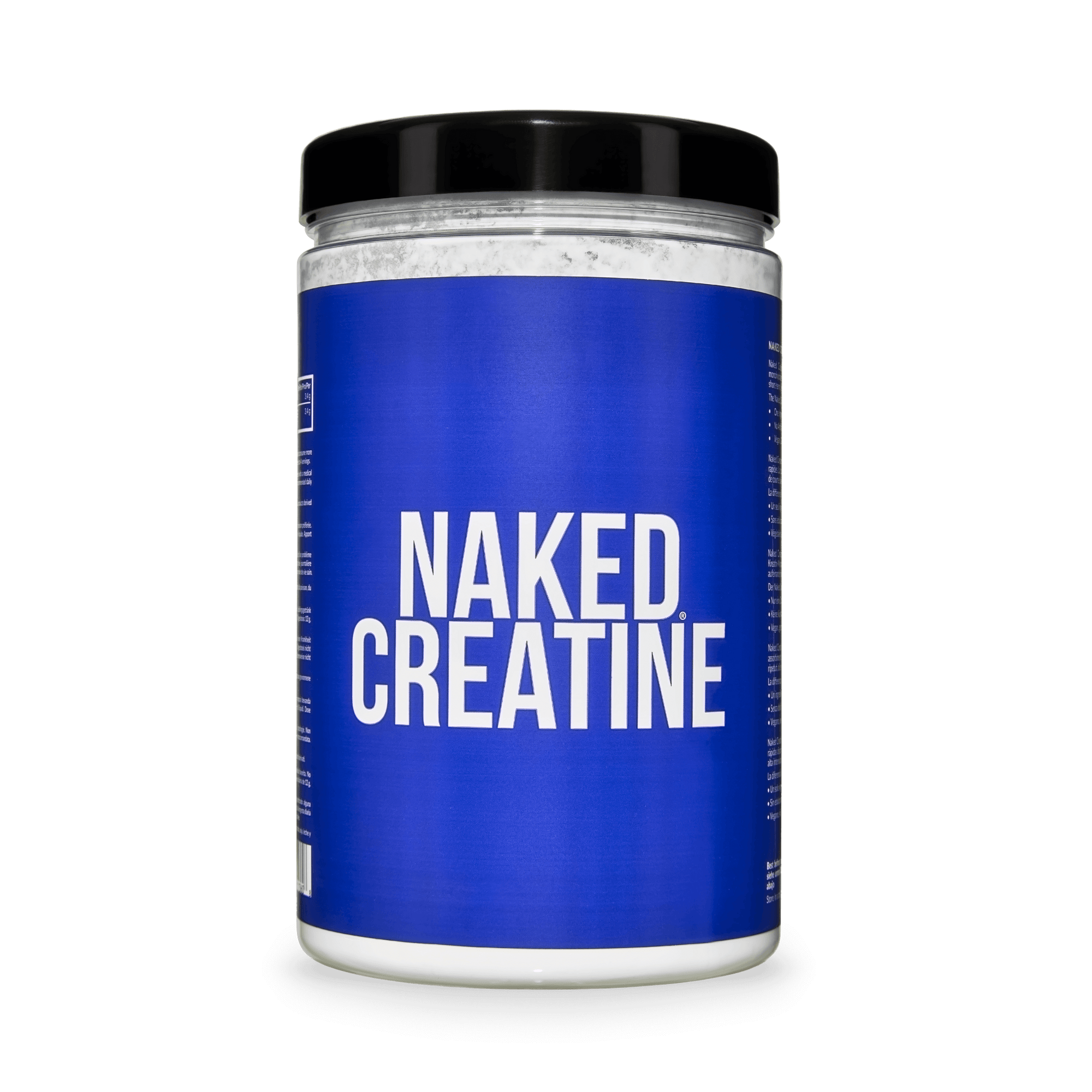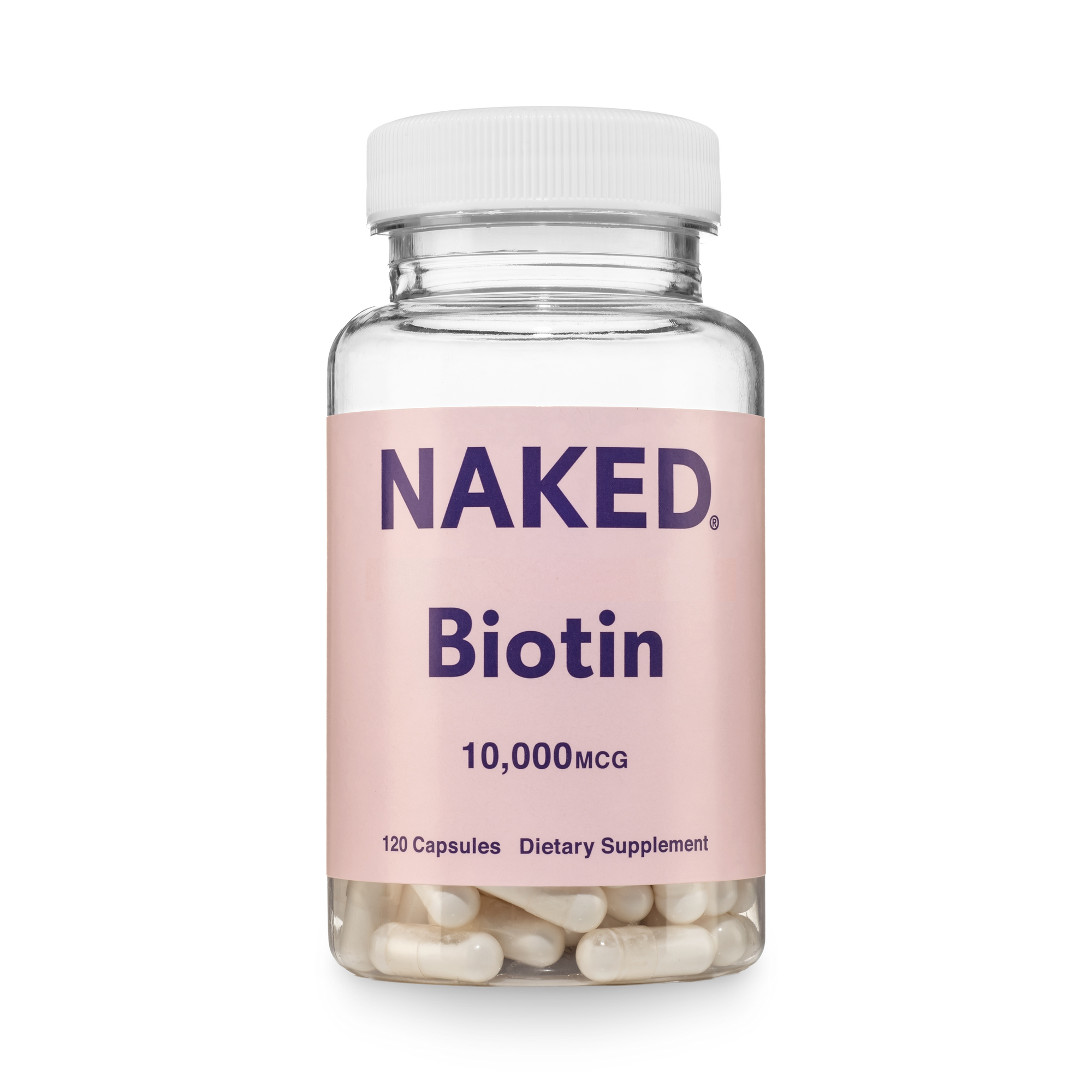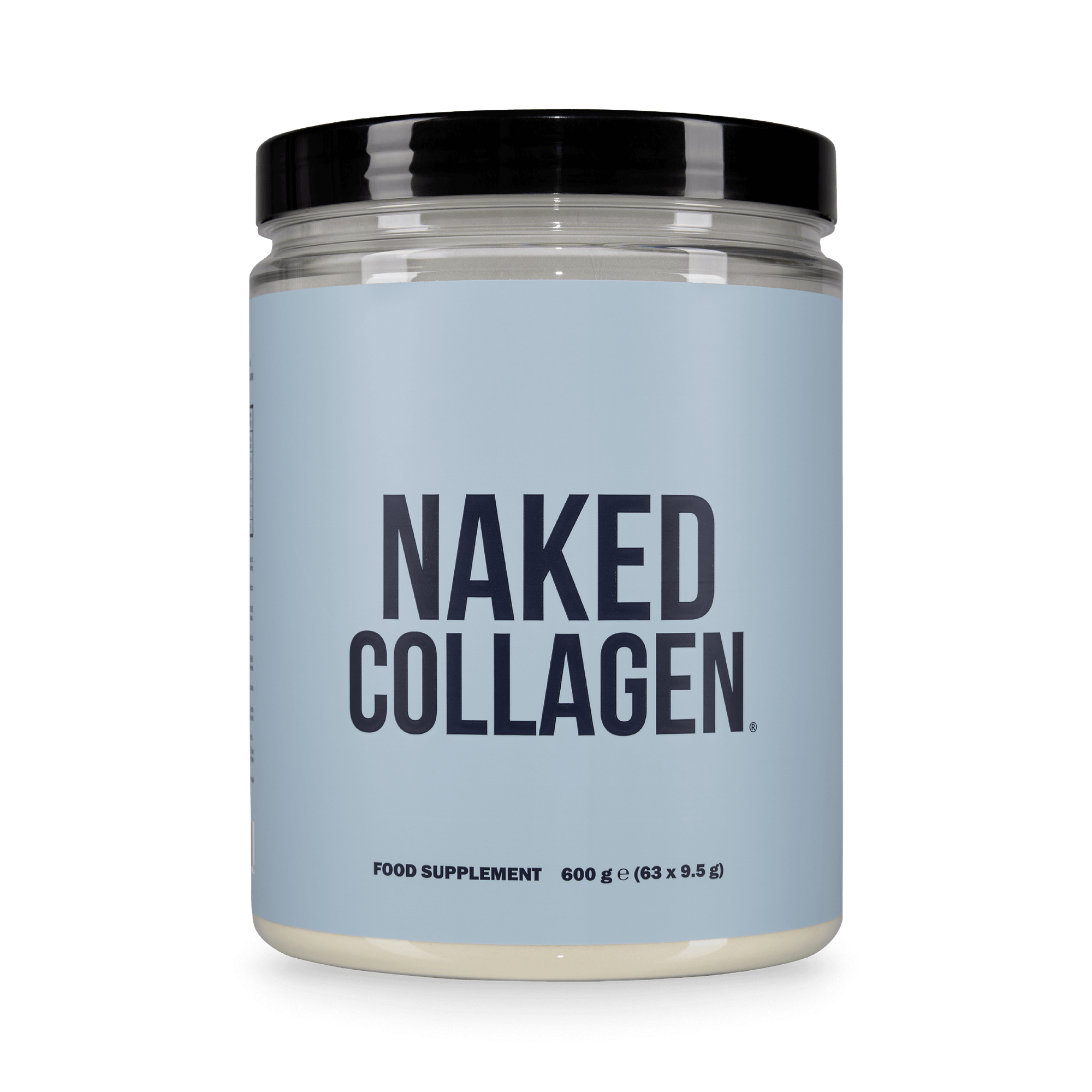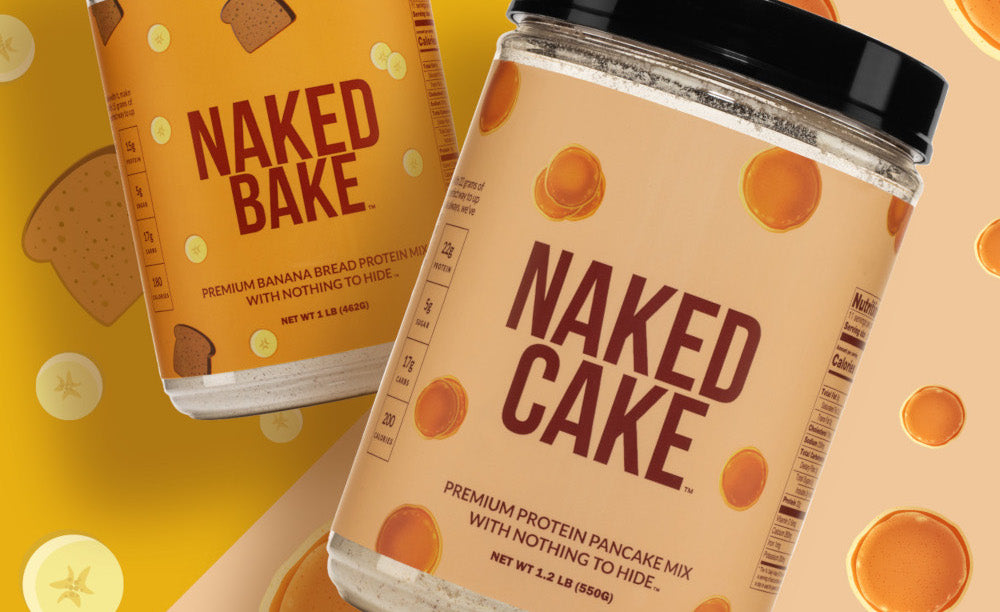Quick Answer – Is D3 Better Than D2?
Vitamin D3 is generally more effective at increasing vitamin D levels in the body compared to vitamin D2.
Vitamin D3 increases serum 25-hydroxyvitamin D concentrations efficiently and effectively as it is more readily absorbed by the body than D2. Vitamin D3 can more sustainably maintain healthy vitamin D levels since this form stays in the body for longer. However, both Vitamin D3 and D2 can be beneficial depending on dietary preferences and availability.
Vitamin D2 is often the form of vitamin D used in fortified food and prescription vitamin D supplements. However, Vitamin D3 supplements are the more common form in over-the-counter supplements and is the preferred choice for improving vitamin D status. However, vegans or individuals prescribed high-dose vitamin D will likely receive vitamin D2 and it can still be effective.
Both forms of vitamin D – D2 and D3 – can prevent and treat deficiency, but D3 is the more potent and longer lasting option.
What Is Vitamin D and Why Does It Matter?

Vitamin D is one of four fat soluble vitamins. In fact, it actually functions more like a hormone in the body than a vitamin. Vitamin D plays a crucial role in calcium absorption, bone health, immune system regulation, and hormonal support.
Inadequate vitamin D can lead to soft and brittle bones, or in extreme cases conditions such as rickets in children or osteomalacia in adults. Many people with low vitamin D levels struggle from poor energy levels and a weakened immune system.
There have been many studies to suggest a correlation between low vitamin D status and frequency of illness or infection. Having healthy vitamin D levels can help keep the immune system strong.
The body produces vitamin D naturally when the skin is exposed to sunlight. However, geographic location and lifestyle factors can significantly impact how much vitamin D people are naturally getting.
Since many people work indoors and use sunscreen to protect their skin, we are not actually producing enough vitamin D from sunlight alone.
Therefore, dietary intake or supplementation is often necessary to maintain adequate levels.
There are two main forms of vitamin D:
-
Vitamin D2 (ergocalciferol) – typically derived from plant sources and fungi.
-
Vitamin D3 (cholecalciferol) – found in animal products or synthesized in the skin from sunlight exposure.
Both D2 and D3 are converted by the liver into 25-hydroxyvitamin D which is the primary circulating form measured in blood tests. Maintaining healthy vitamin D levels is integral to various aspects of human health.
What’s the Difference Between D3 and D2?

While both vitamin D2 and D3 are converted into the same active form—calcitriol—within the body, they differ in their sources, stability, and how effectively they raise vitamin D levels.
The differences between the two forms can influence how well each form supports your health over time. Adequate vitamin D levels play a key role in bone health, immune function, and mood regulation, so understanding these distinctions isn’t just academic—it can directly affect your wellbeing.
Vitamin D3, also called cholecalciferol, is the form naturally produced in your skin when it’s exposed to sunlight. It’s also found in animal-based foods such as fatty fish, egg yolks, and liver, as well as in most vitamin D supplements.
Vitamin D3 is generally considered more bioavailable, meaning your body absorbs and utilizes it more efficiently.
Studies show that D3 is more effective than D2 at raising and maintaining serum vitamin D levels, the main marker of vitamin D status in the blood.
Because of its superior effectiveness, D3 is often the form used in fortified foods and most over-the-counter supplements designed to maintain healthy levels year-round, especially during months with limited sunlight exposure.
Vitamin D2, also called ergocalciferol, comes from plant-based sources. It’s typically made from yeast or mushrooms that have been exposed to ultraviolet light.
This form of vitamin D is more suitable for vegetarians and vegans. However, it’s important to note that this form is less stable, less potent, and shorter-acting in the body than D3.
Some research also suggests that the body breaks down vitamin D2 more rapidly, which may make it less effective for sustaining long-term vitamin D sufficiency without regular supplementation.
However, both forms of vitamin D can help treat or prevent vitamin D deficiency.
If you’re looking to optimize vitamin D levels most effectively, taking vitamin D3 is the more reliable choice. Still, D2 remains a valuable option for those following a plant-based lifestyle or when prescribed in medical settings.
Which Is Better Absorbed by the Body?

Many studies have shown that vitamin D3 is superior to D2 in raising serum vitamin D concentrations. While both forms convert to the same active hormone in the body, they don’t behave the same once absorbed. Research consistently demonstrates that D3 is more effective and more reliable, especially over longer periods of supplementation.
A recent 2022 study found that when administering the same amounts of vitamin D3 and vitamin D2 over the course of 10 weeks, individuals who received the D3 had greater vitamin D levels than those who received D2 (1).
This difference matters because stable vitamin D status is what supports bone health, immune function, and hormone regulation—not just brief spikes in blood levels.
Why does D3 work better?
Vitamin D3 binds more efficiently to vitamin D–binding proteins in the bloodstream, allowing it to circulate longer and maintain higher levels over time. In contrast, D2 is broken down and cleared more quickly, leading to a faster decline in blood concentrations. D3 also appears to convert more readily into the body’s storage form (25-hydroxyvitamin D), which gives it a metabolic advantage.
Factors influencing absorption:
-
Age: Age is one factor that impacts absorption of vitamin D. Older adults have reduced ability to naturally synthesize vitamin D in the skin, making supplementation even more important.
-
Diet: Since vitamin D is a fat-soluble vitamin, taking it with a meal containing fat helps to boost absorption.
-
Gut health: Conditions such as celiac disease, Crohn’s disease, or pancreatic insufficiency can reduce the body’s ability to absorb fat-soluble vitamins, including vitamin D.
-
Body composition: Individuals with higher body fat may sequester more vitamin D in adipose tissue, which can lower measurable blood levels even with regular supplementation.
Overall, while both forms can be useful, D3 is generally absorbed and utilized more efficiently by the body.
When Might D2 Be Preferred?

Despite Vitamin D3 being typically more effective, vitamin D2 still has important uses in specific situations.
Individuals following vegan and vegetarian diets might choose to supplement with vitamin D2 instead since it is derived from plants.
However, there is now a vegan vitamin D3 supplement available made from lichen, it is often more difficult to find and more expensive. Lichen is fungi and its vitamin D3 producing abilities was recently discovered, although more research is needed on its efficacy at restoring vitamin D levels (2).
Additionally, many high-dose prescription vitamin D supplements contain vitamin D2. These high-dose supplements contain around 50,000 IU of vitamin D and are used under medical supervision as they’re appropriate for correcting severe deficiencies.
Ultimately, vitamin D2 still has the ability to restore vitamin D levels when it is taken consistently even though it might take longer to increase serum vitamin D levels with this form.
Choosing the Right Vitamin D Supplement

When choosing a vitamin D supplement that is right for you, it’s important to consider both form and quality.
Most people will benefit from choosing vitamin D3 (cholecalciferol), as it’s typically more effective at raising and maintaining vitamin D levels compared to vitamin D2. Once you decide if vitamin D2 or D3 is right for you, the next question becomes what form of the supplement is best.
There are a few options when choosing what form of vitamin D to take. Capsules and softgels are the most common and convenient option. There are also liquid and spray forms of vitamin D for individuals who have a difficult time swallowing pills or face absorption issues.
Of course the quality of your vitamin D supplement matters as well. As with any supplement, it’s important to choose a vitamin D that is third-party tested. Avoid products with unnecessary fillers or artificial colors or additives.
The daily recommended intake of vitamin D, or the established Recommended Dietary Allowance, is 600-800 IU daily for adults, and 400-600 IU daily for children, depending on age.
Paying attention to the dosage of vitamin D matters as well. Dosage needs will vary depending on the individual. Often to treat mild deficiency, 1,000-2,000 IU daily is appropriate.
For more severe deficiencies, many providers will prescribe a weekly high dose of 50,000 IU, but this is a therapeutic amount that is prescription only and should be done under the supervision of a doctor.
Always take your vitamin D supplement with a meal or snack containing fat to improve absorption. Since vitamin D is a fat-soluble vitamin it’s better absorbed in the presence of fat. Some vitamin D supplements are suspended in oils like olive or MCT oil, which may help support absorption
Can You Take Too Much Vitamin D?

Although rare, vitamin D toxicity can occur. Because vitamin D is fat-soluble, your body doesn’t simply flush out any extra—you hold on to it over time.
Because vitamin D can accumulate over time, toxicity usually develops gradually rather than suddenly, which is why monitoring long-term supplementation is so important.
The Tolerable Upper Intake Level (UL) for adults is 4,000 IU daily, which is why high dose supplements should only be taken under the guidance of a healthcare professional, as of course, sometimes a high dose is necessary (3).
High-dose vitamin D is often used for short periods to correct true deficiencies, but these therapeutic doses are usually followed by maintenance doses once levels stabilize.
It’s also important to remember that vitamin D needs vary from person to person based on factors such as age, sun exposure, skin tone, and underlying medical conditions.
Excess vitamin D can lead to complications such as hypocalcemia, which is a condition where calcium levels rise above normal. This can lead to nausea, vomiting, fatigue, and even kidney damage.
Supplementing with high dose vitamin D long term can cause calcium deposits in soft tissues and blood vessel calcification (4).
If you experience nausea or poor appetite, weakness, confusion, or kidney stones or pain, it’s possible this may be signs of vitamin D toxicity. If you’re taking over 2,000 IU of vitamin D daily for an extended period, it’s recommended to get routine bloodwork to ensure your calcium and vitamin D levels are within normal ranges.
Final Takeaway – Which Form Is Right for You?
For the majority of people, vitamin D3 is the superior choice due to its bioavailability, effectiveness, and longer lasting effects at raising serum levels.
However, vitamin D2 is still a viable choice for vegans, vegetarians, or anyone receiving a prescription high-dose amount.
Regardless of which form of vitamin D you choose, consistency is key to ensuring your vitamin D levels are increasing appropriately to healthy levels. In many cases, consulting with a healthcare provider can be a helpful way to ensure you are following proper guidelines.
Plus, a healthcare provider can help determine an appropriate dose and monitor your vitamin D status to ensure safe and effective supplementation.
FAQ Section

Is D3 always better than D2?
Generally, yes—D3 is more potent and tends to stay in the body longer, but D2 can still be effective when taken consistently.
Can vegans take D3?
Yes. There are some D3 supplements that are made from lichen, a plant-based source, so look for products specifically labeled “vegan D3.”
Is prescription vitamin D always D2?
In the United States, most prescription vitamin D is D2, although D3-based prescriptions are becoming more available.
Does D2 work at all?
Absolutely. While D3 is stronger, D2 still raises vitamin D levels when taken regularly, especially at prescription doses.
References and Author Info
-
Shieh A, Chun RF, Ma C, et al. Effects of High-Dose Vitamin D2 Versus D3 on Total and Free 25-Hydroxyvitamin D and Markers of Calcium Balance. J Clin Endocrinol Metab. 2016;101(8):3070-3078. doi:10.1210/jc.2016-1871
-
Çobanoğlu G, Özdemir H, Özdemir M, et al. Exploring vitamin D3 profile of epiphytic lichen forming fungi in forest ecosystems: Influence of habitat-dependent ecological variables. Fungal Biol. 2025;129(6):101634. doi:10.1016/j.funbio.2025.101634
-
National Institutes of Health Office of Dietary Supplements. Vitamin D Fact Sheet for Health Professionals. Updated March 26, 2024. Accessed November 15, 2025. https://ods.od.nih.gov/factsheets/VitaminD-HealthProfessional/
-
Tebben PJ, Singh RJ, Kumar R. Vitamin D-Mediated Hypercalcemia: Mechanisms, Diagnosis, and Treatment. Endocr Rev. 2016;37(5):521-547. doi:10.1210/er.2016-1070
